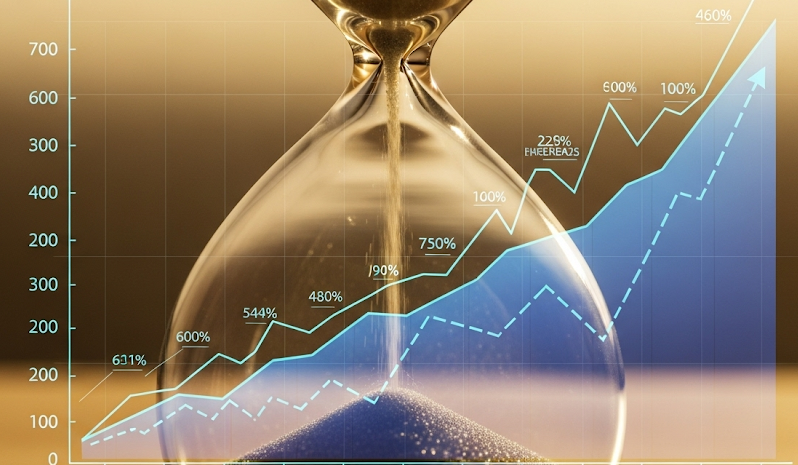
Free Time KPI
Free Time: The Ultimate KPI?
Goals are important. This is becoming increasingly obvious in an age where goal-setting, or defining objective functions, is one of the primary ways we steer and train powerful machine learning systems. This raises a critical question: as a society, what is our collective goal? What is our key performance indicator (KPI)?
I would argue that the closest thing we have to a societal KPI right now is Gross Domestic Product (GDP). It’s the metric we obsess over, the number whose quarterly growth or decline can shape national policy and global markets. The units of GDP are dollars. It is, fundamentally, a measure of money.
In physics and mathematics, a common way to test a theory is through limit analysis. We push the variables to their absolute extremes and see if the resulting situation still makes sense. Let’s apply this to GDP.
Imagine a future where technology allows one hyper-productive individual to generate more economic output than all 8 billion people on Earth today. In this scenario, GDP would skyrocket, yet all but one person would be gone. From a purely GDP-centric perspective, this is a success. From a human perspective, it’s a dystopian nightmare. This thought experiment reveals a flaw in the logic: optimizing purely for money, without considering its distribution or purpose, leads to absurd and undesirable outcomes.
What About Happiness?
Recognizing the flaws of GDP, some have proposed “Gross National Happiness” as an alternative. While the intention is noble, this metric has its own problems. Happiness is subjective and notoriously difficult to quantify. How do you add one person’s happiness to another’s? Do you normalize it? Can we do better perhaps?
The Case for Free Time
I would like to propose another KPI - one that is simpler, more universal, and more easily measured: Free Time.
What if we, as a society, optimized our technology, economy, and policies with the primary goal of maximizing the total available free time?
Let’s run the limit test. The absolute maximum free time any single person can have is 24 hours per day. Therefore, a world where 10 people each have 3 hours of free time per day (totaling 30 hours) is quantifiably better on this metric than a world with one person having 24 hours of free time. Unlike GDP, this KPI has a built-in incentive for broad distribution. More people enjoying freedom directly increases the total score. This would supr population growth - but not to levels which would be a drain on productivity.
Free time isn’t just leisure; it’s the currency of self-actualization. It’s the time we use to learn, create, build relationships, and pursue what gives our lives meaning. While GDP measures our economic activity, free time measures our economic liberation. In an era of accelerating automation, perhaps the best measure of our progress isn’t how much we can produce, but how much we can liberate ourselves.